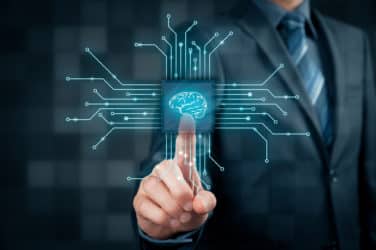Big data has been a panacea for equities trading for more than a decade. And with the continued adoption of cloud computing pushing data processing and storage costs to nearly obscene levels, it is not going away.
However, is the corporate bond market reaping the same benefits as its equities counterpart? It is exceedingly doubtful given the difference in their respective market transparencies.
Unlike equities traders that use big data to supplement the market’s existing market data, corporate bond market participants still struggle to price their bonds accurately using available market data.
Dealers on The Street still are unsure how to price their bonds, according to a speaker at the recent Big Data Finance conference.
[broadstreet zone=”58119″]
“The last time this bond traded was a week ago, and I don’t know what the price should be,” he said, recounting a conversation with a credit trader at one of the largest dealers about a year ago. “This isn’t clever alpha generation. This isn’t train following or reversion strategies. This just is what the price is now.”
Sentiment analysis, satellite image analysis, or any of the other big data sub-disciplines have brought little, if anything, to the table regarding corporate bond pricing.
However, the application of artificial intelligence and machine learning look to make up for that concluded an article published online by the MIT Technology Review that cited a recent research paper authored by Swetava Ganguli and Jared Dunnmon, graduate students at Stanford University, regarding the use of AI in corporate bond pricing.
The pair used several flavors of artificial intelligence, ranging from generalized linear models to neural networks to examine the past ten trades of 762,678 corporate bond to calculate up-to-date bond prices as accurately as possible using trade histories, intermediate calculations, and historical prices.
In all, they tracked 61 attributes per transaction, and none of which would be considered typical big data and the results are remarkable.
By using neural nets of various configurations, Ganguli and Dunnmon manage to narrow their pricing errors to only $0.70 per trade. But that result came only after approximately 32 hours of training time for the neural networks.
The researchers also found that their hybrid time-series methods took only three seconds of learning time to deliver an $0.85 error rate.
As AI and machine learning matures, these error rates only will continue to shrink.




